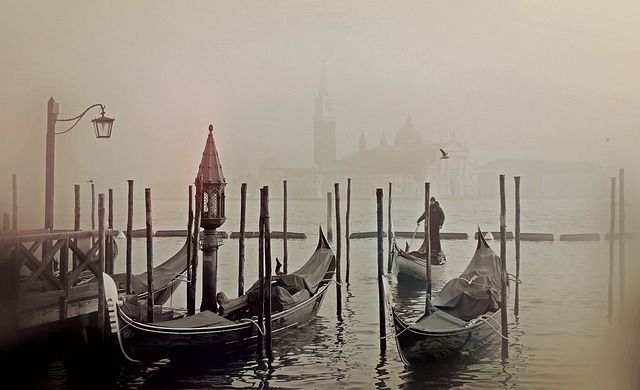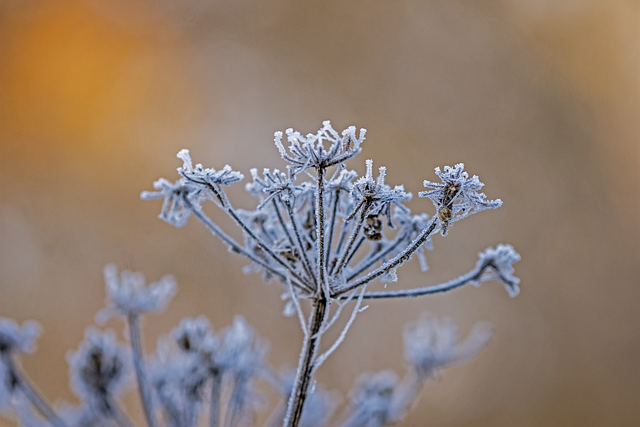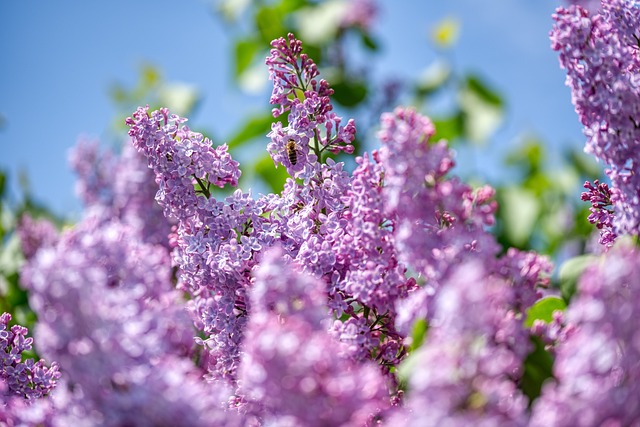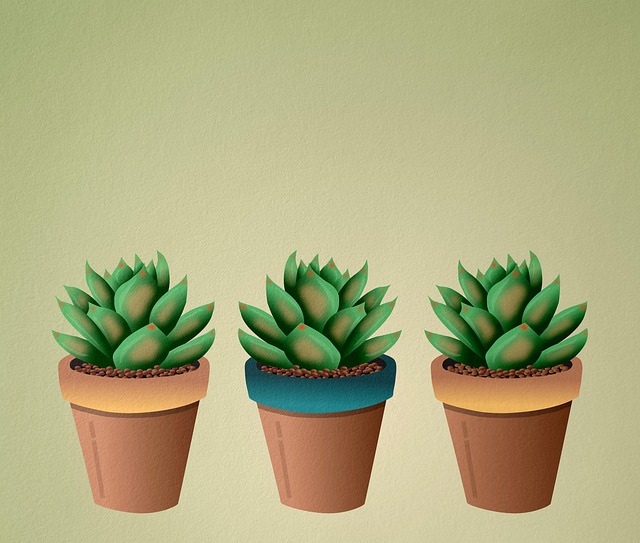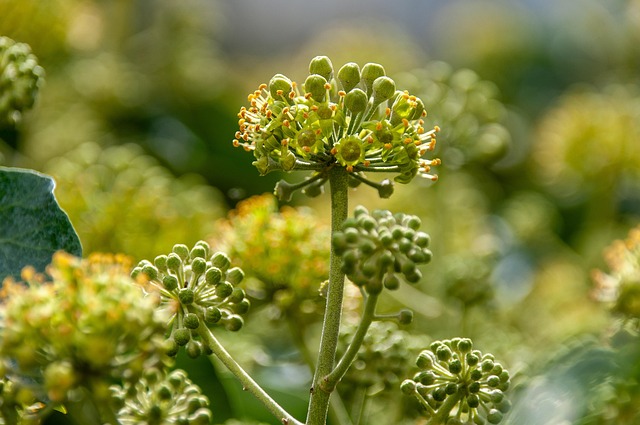Photographers capturing the ethereal beauty of frank flora (wildflowers) should aim for golden hour natural light, using a wide-angle lens for vast landscapes and fine detail. Experimenting with apertures allows creative control over depth of field, from isolated blooms to dreamy bokeh. Patience and observation are key in meadows, forests, and roadside verges, as these images can become powerful conservation tools like the work of Frank Flora, who raises awareness about endangered species through his art. Exploring diverse habitats and seasonal changes, particularly spring and early summer, is crucial for documenting these vibrant plants effectively.
Uncover the enchanting world of wildflower photography and documentation in this comprehensive guide. Explore the beauty of Frank Flora, learning valuable techniques and tips for capturing its vibrant essence. Discover the art of documenting rare species, understanding their habitats, and where to find these stunning flowers across diverse landscapes. Embrace the adventure of preserving nature’s art through your lens.
- Capturing the Beauty of Frank Flora: Techniques and Tips
- The Art of Documentation: Preserving Wildflower Species
- Exploring Different Habitats: Where to Find and Photograph Frank Flora
Capturing the Beauty of Frank Flora: Techniques and Tips

Capturing the ethereal beauty of frank flora is a rewarding challenge for any photographer. These uncultivated flowers, often found in meadows, forests, and roadside verges, possess a unique wildness that translates into captivating images. To truly capture their essence, photographers should embrace natural lighting, aiming to shoot during the golden hours—just after sunrise or before sunset—when warm, soft light enhances the colors and textures of the flowers.
Using a wide-angle lens can help convey the vastness of the floral landscape while ensuring sharp focus on the delicate petals. Experimenting with different apertures allows for creative control over depth of field, isolating individual blooms or creating a dreamy bokeh effect that draws attention to the intricate details of the frank flora. Remember to be patient and observant; waiting for the perfect moment when the sunlight caresses the flowers just so can elevate your photographs from good to extraordinary.
The Art of Documentation: Preserving Wildflower Species
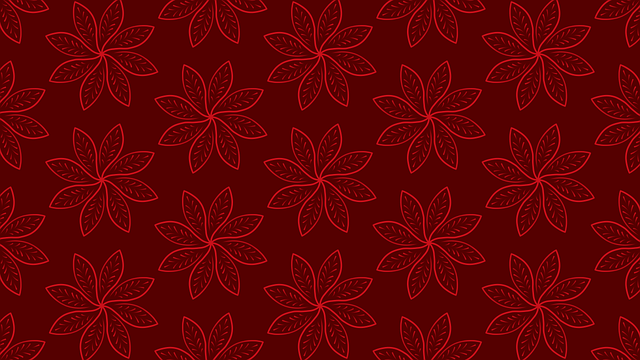
The art of documenting wildflowers is a delicate dance between capturing their beauty and preserving their existence. As a photographer, it’s not just about taking pictures; it’s about telling the story of each species, its habitat, and its role in the ecosystem. Frank Flora, a renowned nature photographer, understands this better than most. His work goes beyond aesthetics; it becomes a visual narrative that raises awareness about endangered wildflowers and their vanishing habitats.
Through meticulous documentation, photographers like Frank contribute to scientific knowledge and conservation efforts. Each image is a snapshot in time, preserving the unique characteristics of a species and its environment. This visual record helps botanists study population trends, track changes over time, and make informed decisions about protection strategies. By documenting wildflowers, we not only celebrate their natural beauty but also ensure that future generations can appreciate and protect these remarkable plants.
Exploring Different Habitats: Where to Find and Photograph Frank Flora

Exploring different habitats is a key aspect of discovering and documenting frank flora—a term referring to diverse, often native, wildflowers. These vibrant plants can be found in a multitude of settings, from meadows and prairies to woodland edges and rocky outcrops. Each habitat offers unique challenges and opportunities for photographers, as the light, composition, and behaviour of both flowers and insects vary across these landscapes.
To find and photograph frank flora effectively, it’s essential to research local conservation areas, national parks, or even untapped urban spaces with lush greenery. Seasonal changes play a significant role in wildflower documentation; spring and early summer are typically the best times to capture a variety of species as they bloom. Additionally, being mindful of the time of day—the golden hours just before sunrise or after sunset—can yield stunning images by casting a warm glow on the flowers and creating dramatic contrasts against the sky.
Wildflower photography and documentation are not just artistic pursuits, but vital tools for preserving the beauty and biodiversity of our planet. By mastering techniques like capturing intricate details, understanding species’ habitats, and exploring various ecosystems, photographers can contribute significantly to the conservation effort surrounding Frank Flora. Through their lens, they reveal the hidden stories of these remarkable plants, fostering appreciation and awareness among folks worldwide. So, let’s continue to dive into this captivating realm, ensuring that the vibrant tapestry of Frank Flora remains intact for generations to come.

